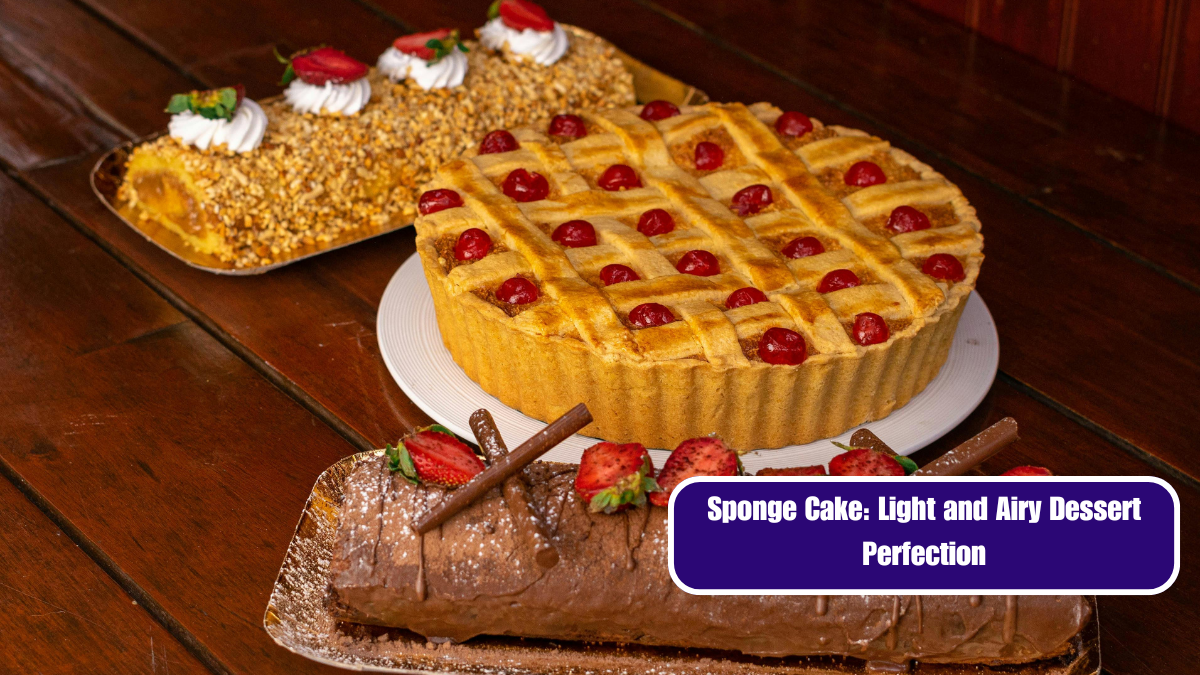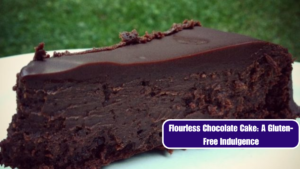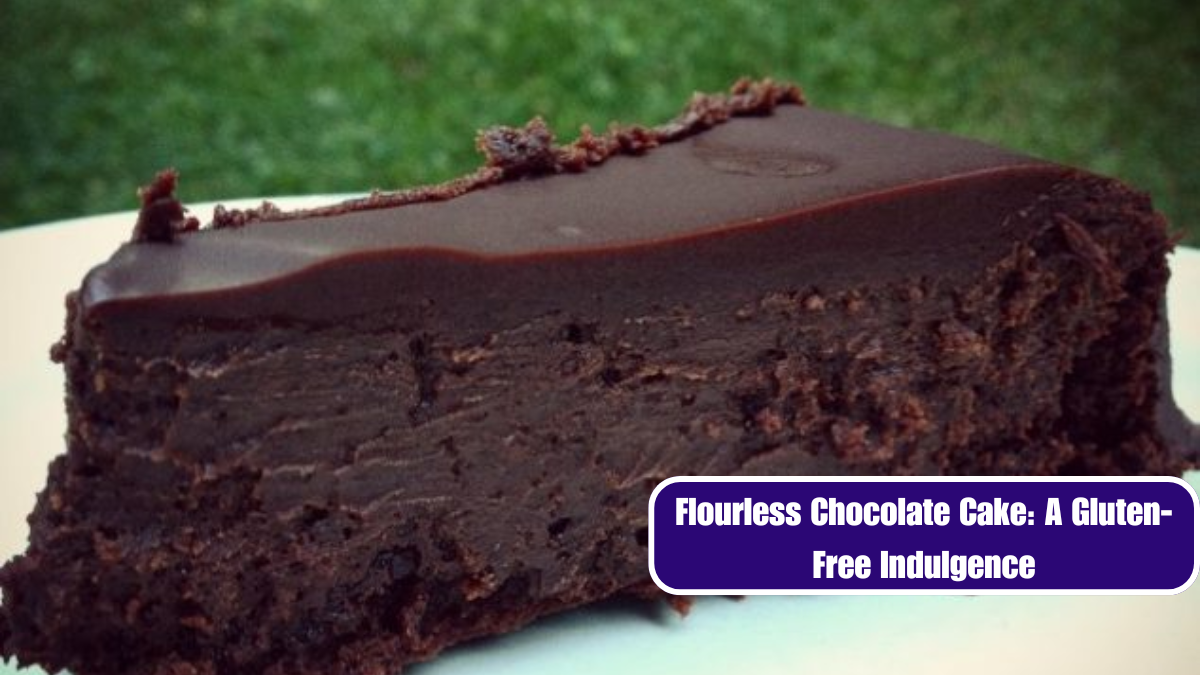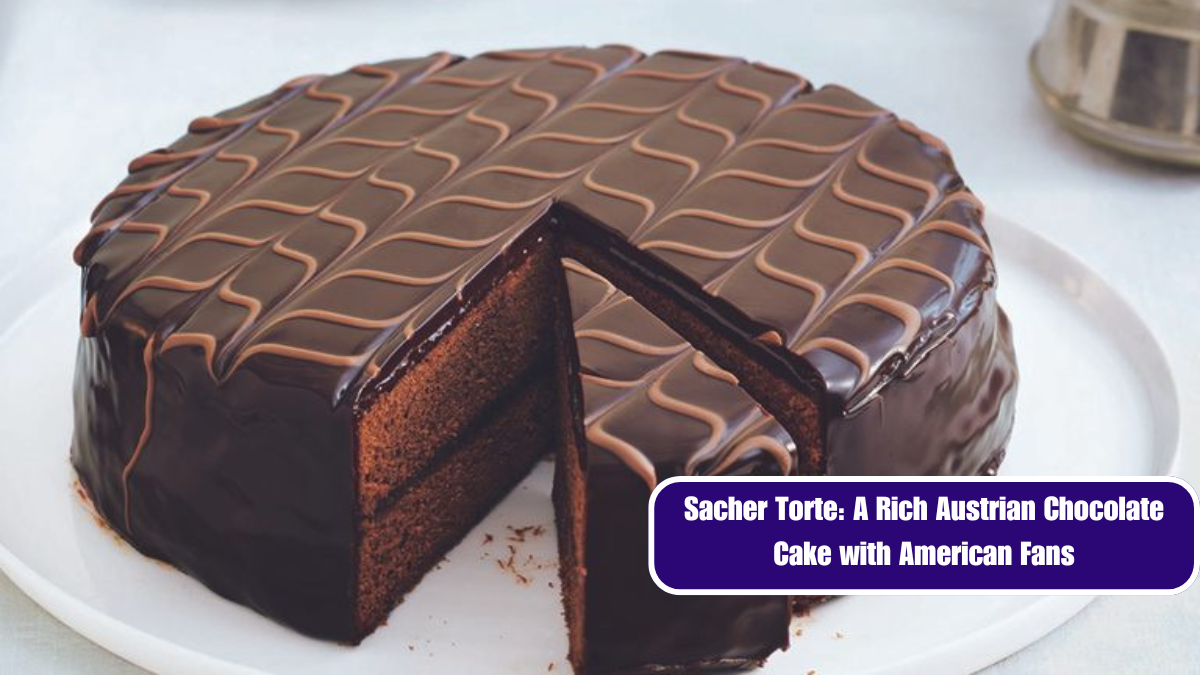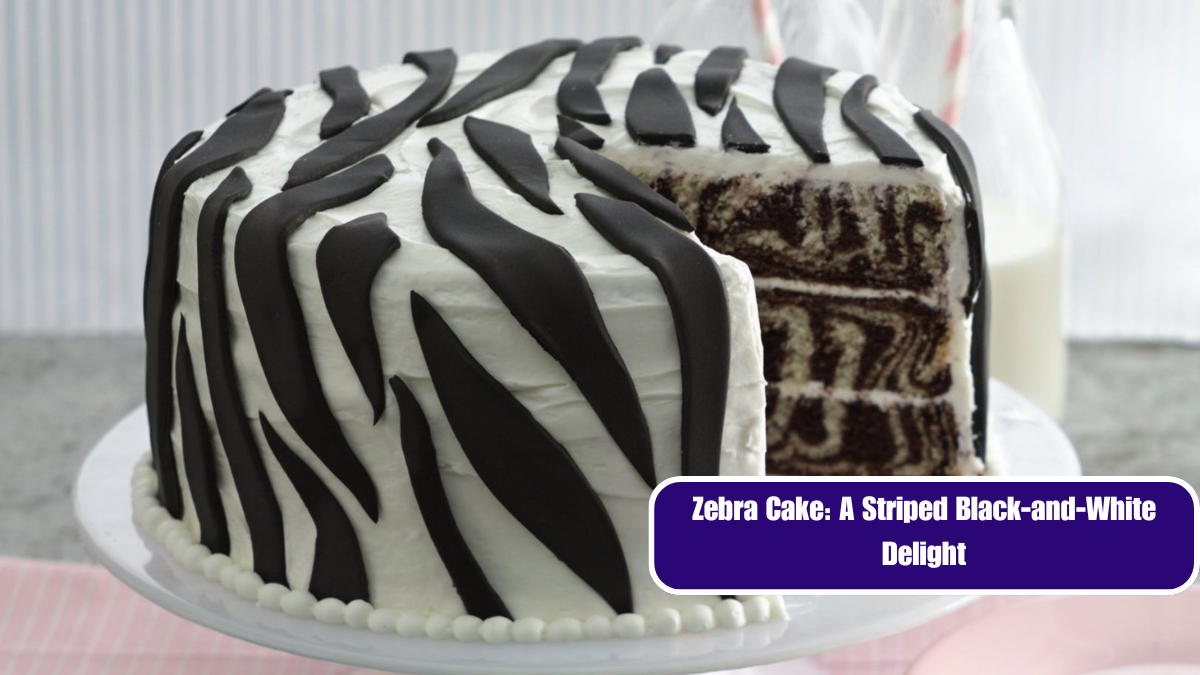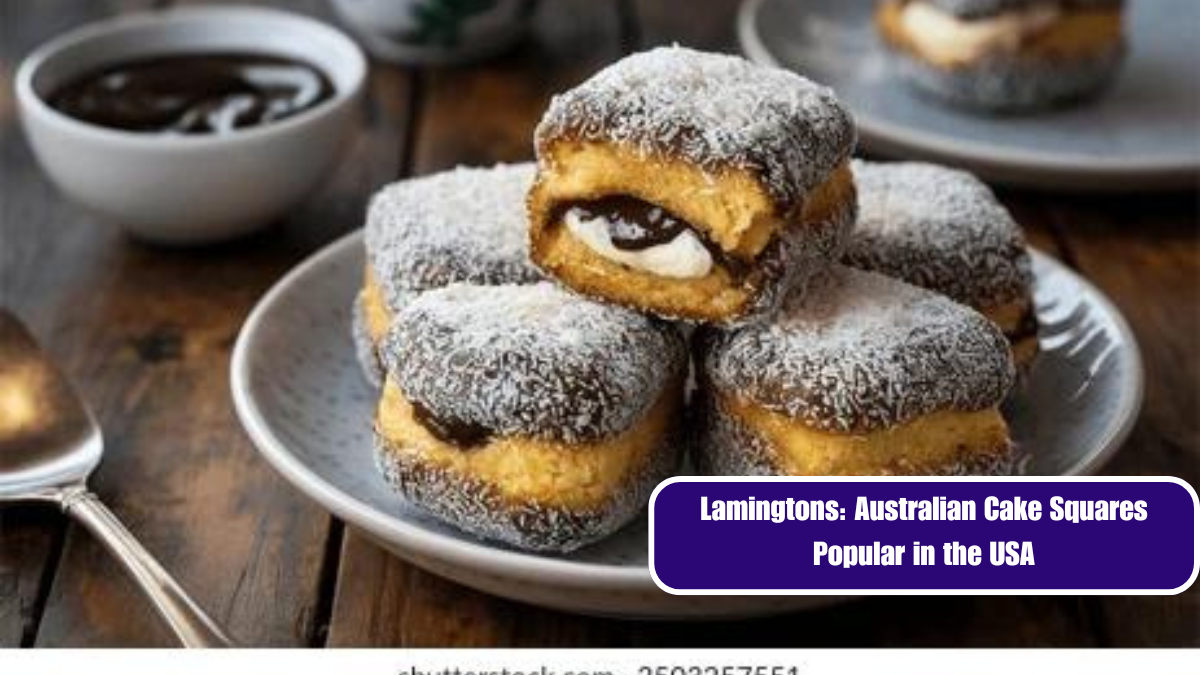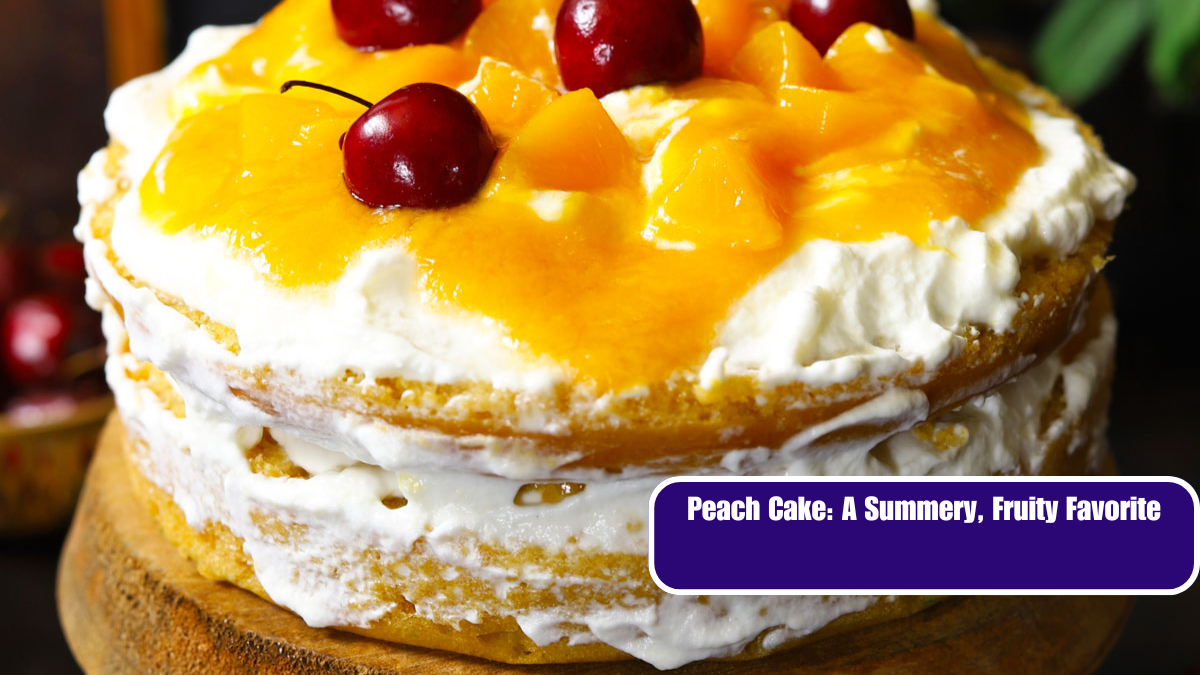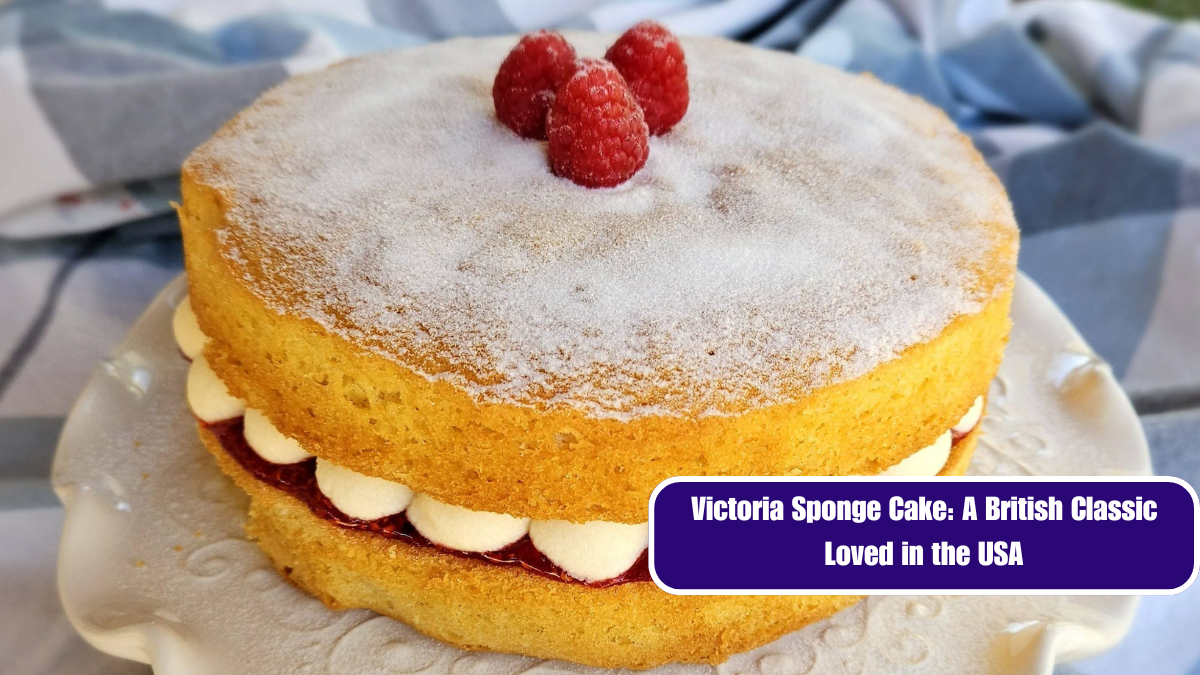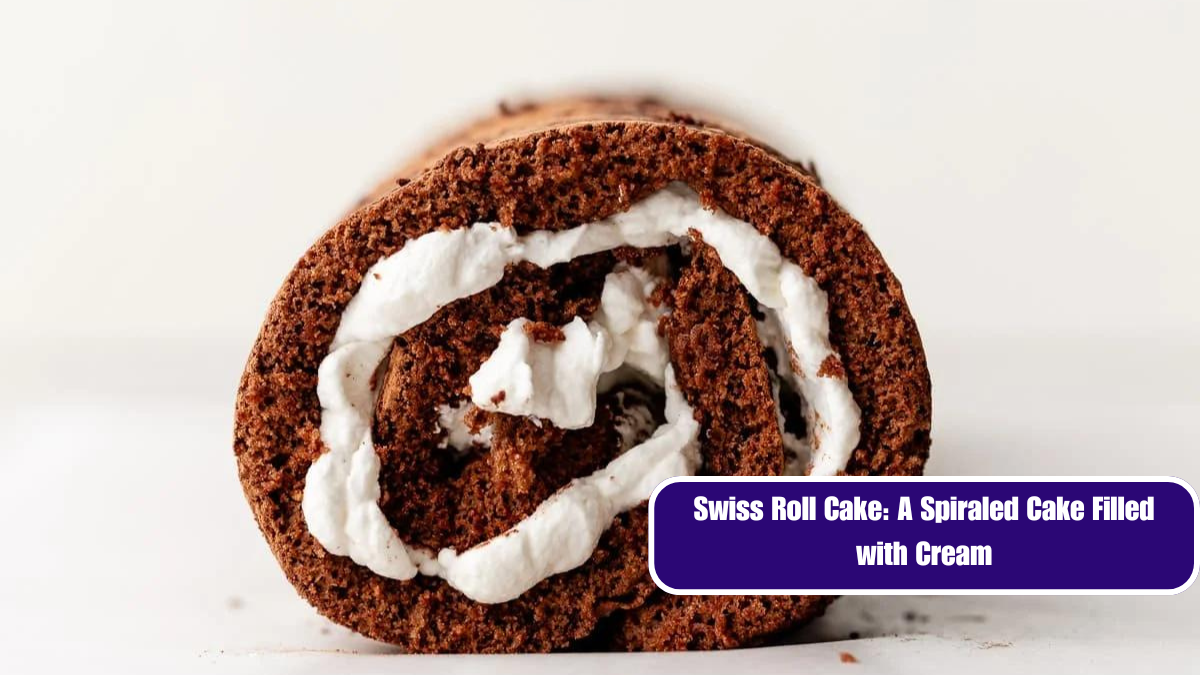When it comes to achieving dessert perfection, the sponge cake stands out as a quintessential example of lightness and elegance. With its delicate crumb and airy texture, it’s no wonder that this classic treat has delighted palates around the world for centuries. Whether enjoyed plain with a dusting of powdered sugar or as the base for elaborate layered confections, the sponge cake embodies a timeless charm that continues to captivate bakers and dessert lovers alike.
The Essence of Sponge Cake
At its core, sponge cake is celebrated for its simplicity and versatility. Unlike many cakes that rely on butter for richness, a sponge cake primarily derives its airy texture from the meticulous incorporation of air into the batter. This is achieved through the careful beating of eggs and sugar until they reach a thick, pale consistency. The result is a batter that, once baked, transforms into a sponge-like cake with a light, fluffy texture.
Key Ingredients
The basic ingredients of a sponge cake are surprisingly straightforward:
- Eggs: These are the cornerstone of the sponge cake, providing both structure and lift. The key is in beating them until they’re frothy and voluminous.
- Sugar: This sweetens the cake and contributes to its overall structure.
- Flour: Typically, all-purpose flour is used, though cake flour can be employed for an even finer crumb.
- Leavening Agents: Unlike other cakes, traditional sponge cakes often rely solely on the air incorporated during mixing rather than chemical leaveners like baking powder or baking soda.
- Butter or Oil (optional): Some variations of sponge cake include a small amount of fat to enrich the texture, though many classic recipes do not.
Techniques for Success
Creating the perfect sponge cake involves more than just mixing ingredients. Here are some key techniques:
- Egg Beating: The process of beating eggs and sugar until they are thick and pale is crucial. This mixture should form a ribbon-like trail when drizzled from a spoon. This step ensures that the cake has the desired lightness.
- Folding: Gently folding the flour into the egg mixture is essential to avoid deflating the batter. Use a light hand and a spatula to incorporate the flour until just combined.
- Baking: Sponge cakes should be baked in a preheated oven to ensure even rising. A moderate temperature is often recommended to allow the cake to rise slowly and evenly.
- Cooling: Allow the cake to cool in the pan for a short time before transferring it to a wire rack. This helps maintain its structure and prevents it from becoming soggy.
Variations and Serving Ideas
Sponge cake’s versatility makes it an excellent base for a variety of desserts. Here are some popular variations and serving ideas:
- Genoise: An Italian variation that includes melted butter in the batter, resulting in a slightly richer cake. It’s often used as a base for layered cakes and tortes.
- Angel Food Cake: A fat-free sponge cake made with only egg whites, creating a particularly airy texture. It’s often served with fresh fruit or a light glaze.
- Victoria Sponge: Named after Queen Victoria, this British classic features a layer of jam and whipped cream sandwiched between two sponge cake layers.
- Cupcakes: Sponge cake batter can be baked in muffin tins to create light, individual-sized cakes perfect for any occasion.
Sponge cake is a testament to the beauty of simplicity in baking. Its light, airy texture and delicate crumb make it a versatile canvas for a variety of flavors and fillings. Whether you’re a seasoned baker or a novice in the kitchen, mastering the sponge cake is a rewarding endeavor that opens the door to countless delicious possibilities.
So the next time you’re looking for a dessert that is as elegant as it is effortless, reach for a sponge cake recipe. With its timeless appeal and endless adaptability, it’s sure to become a favorite in your baking repertoire.
